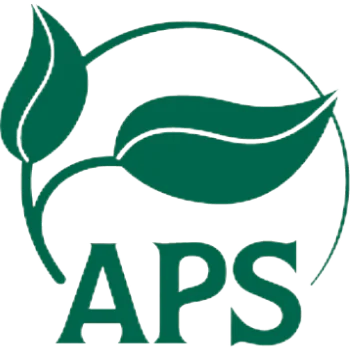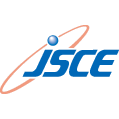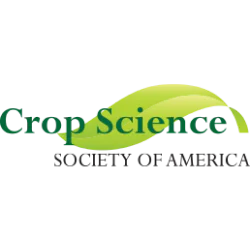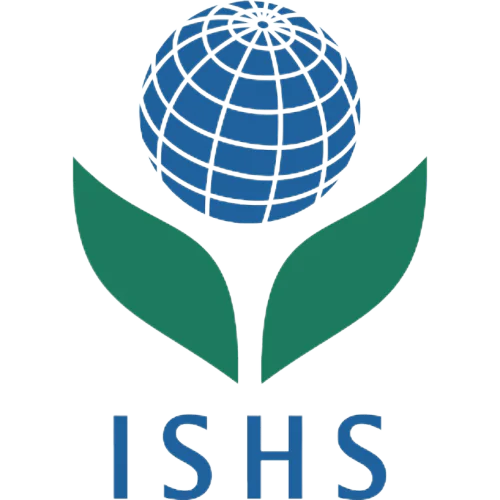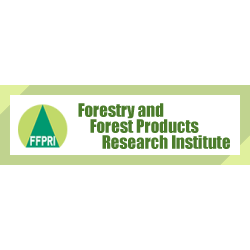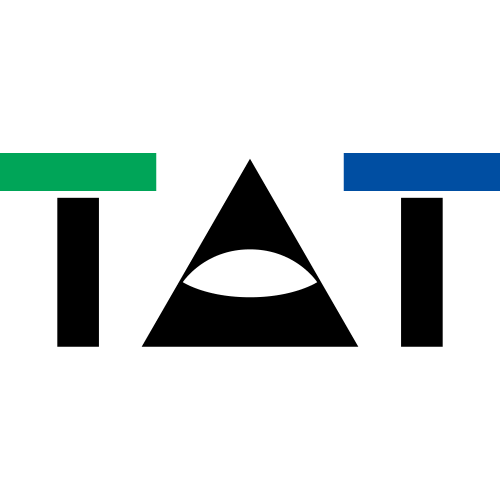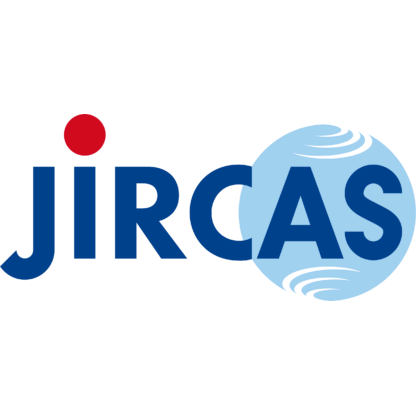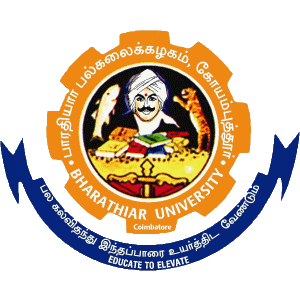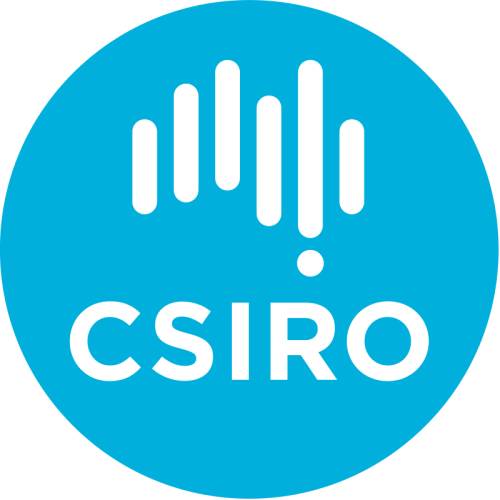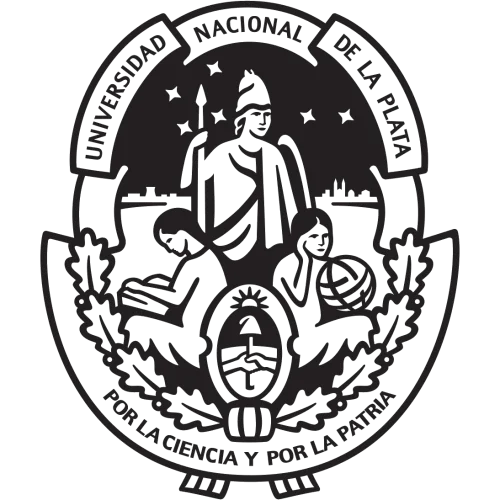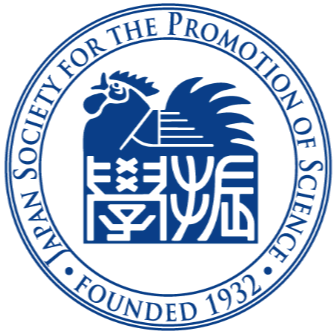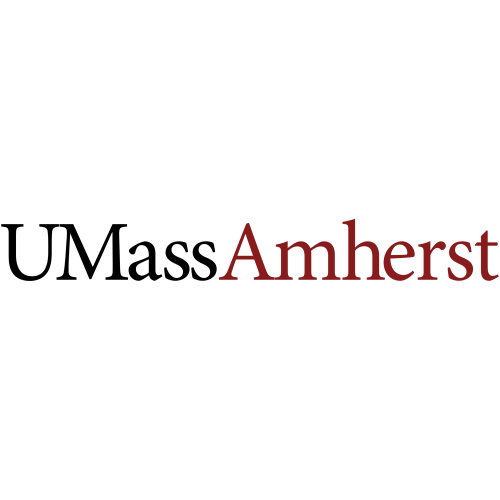Nematological Research (Japanese Journal of Nematology)
Are you a researcher?
Create a profile to get free access to personal recommendations for colleagues and new articles.
journal names
Nematological Research (Japanese Journal of Nematology)
Top-3 citing journals
Nematological Research (Japanese Journal of Nematology)
(117 citations)
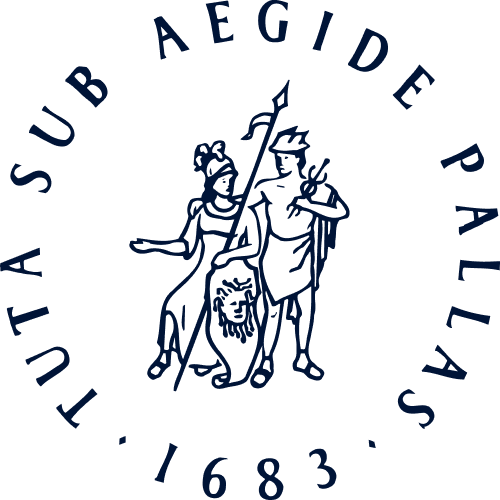
Nematology
(116 citations)
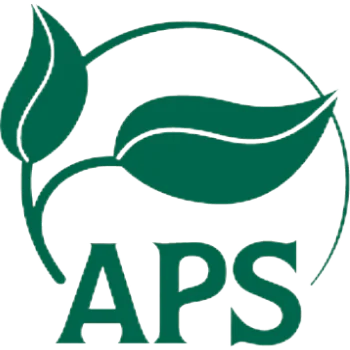
Plant Disease
(33 citations)
Top-3 organizations

Saga University
(34 publications)

Kyoto University
(17 publications)
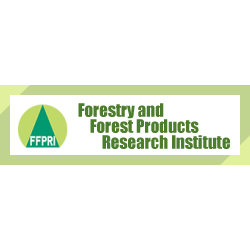
Forestry and Forest Products Research Institute
(15 publications)

Saga University
(3 publications)

Chubu University
(2 publications)
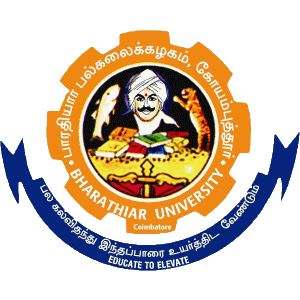
Bharathiar University
(1 publication)
Most cited in 5 years
Found
Nothing found, try to update filter.
Found
Nothing found, try to update filter.
Top-100
Citing journals
Citing publishers
Publishing organizations
Publishing organizations in 5 years
|
1
2
3
|
|
|
Saga University
3 publications, 14.29%
|
|
|
Chubu University
2 publications, 9.52%
|
|
|
Bharathiar University
1 publication, 4.76%
|
|
|
National Institute of Advanced Industrial Science and Technology
1 publication, 4.76%
|
|
|
RIKEN-Institute of Physical and Chemical Research
1 publication, 4.76%
|
|
|
Okayama University
1 publication, 4.76%
|
|
|
University of the Ryukyus
1 publication, 4.76%
|
|
|
Forestry and Forest Products Research Institute
1 publication, 4.76%
|
|
|
Nagaoka University of Technology
1 publication, 4.76%
|
|
|
Ryukoku University
1 publication, 4.76%
|
|
|
1
2
3
|
Publishing countries
|
10
20
30
40
50
60
|
|
|
Japan
|
Japan, 57, 19%
Japan
57 publications, 19%
|
|
Turkey
|
Turkey, 3, 1%
Turkey
3 publications, 1%
|
|
USA
|
USA, 1, 0.33%
USA
1 publication, 0.33%
|
|
Portugal
|
Portugal, 1, 0.33%
Portugal
1 publication, 0.33%
|
|
United Kingdom
|
United Kingdom, 1, 0.33%
United Kingdom
1 publication, 0.33%
|
|
India
|
India, 1, 0.33%
India
1 publication, 0.33%
|
|
10
20
30
40
50
60
|
Publishing countries in 5 years
|
1
2
3
4
5
6
7
8
|
|
|
Japan
|
Japan, 8, 38.1%
Japan
8 publications, 38.1%
|
|
India
|
India, 1, 4.76%
India
1 publication, 4.76%
|
|
1
2
3
4
5
6
7
8
|



